At Amigoss we are working towards the exceeding in the National Quality Standars rating as a centre. Our goal is to promote exeptional education and care that improves outcomes for both children and families. In order to achieve our objective we are going to be working on the 7 Quality Areas that are part of the National Quality Framework. These areas are:
- Educational Program and Practice
- Children’s health and Safety
- Physical environment
- Staffing arrangements
- Relationships with children
- Collaborative partnerships with families and communities
- Leadership and service management
During this weeks we are working on working on the National Quality Standard 3. 2 . This area is dedicated to create a service environment which is inclusive, promotes competence and supports exploration and play-based learning.
Last week our educators had been focused in creating activities which help children appreciate, care for and increase their understanding of sustainability and natural and man-made environments.
Next week, as a part of the continuous improvement on the National Quality Standard 3.2 this week we will be:
· Making sure all educators understand their responsibility to teach children about the natural environment, the effect of human activity on the environment, and things they can do to care for the environment and promote sustainability. We try and link learning to our families and communities, and would love to hear about any environmental issues affecting you, or any measures you’re taking to help protect the environment, big or small. You can report any issues or comments in the ‘Coments’ section below.
· We’ll be also reviewing our Environmental Sustainability Policy.
Preschoolers
This week we’ve finished the project about dinosaurs by deciphering a code to find out the secret message the dinosaurs left that said: “Thanks for learning about us. Dinosaurs are great!”. As we really loved the dinosaurs, we thought we could find another planet where they can be safe. Luckily, next day, The National Aeronautics and Space Administration (NASA) had sent us a letter to ask us for help in their upcoming missions. To be able to do so, we’ll need to do some learning about what we’ll find in space and get ready to become astronauts, alien hunters, scientist and engineers. So, get ready for the new astronomic information and lots of games to get as clever and fit as the astronauts are.
We’ve started our space journey by learning how the space was created in the Big Bang and getting a bit of understanding about the concept of gravity with a fun activity in the sandpit. After it, we had an outlook on our Solar System and we learnt about our most precious star: the SUN which we recreated with some recycled material to brighten our classroom.
During the upcoming weeks, we’ll be exploring the solar system, redecorating the classroom accordingly, and working on our skills to be helpful in the space missions.
Toddlers
As we were so interested in the Australian animals, our educators had decided to keep going with this topic but instead of only learning about the native animals we are extending our knowledge researching the animals that live in the jungle. Our firts animal had to be the main character of our favourite song: The elephant! W’ve been practicing our fine motor and prewriting skills by coloring in some elephants that soon will be swaying on the big spider web that appeared in the room (fake one, don’t worry). We’ve also made some elephant faces, displayed on our wall, using recycled material. o improve our memory, cognitive development and language skills we’ve been putting together some animals that had been cutted in pieces. This experience gave us the opportunity to explore the names of the animals and some of their characteristics. Even our food had became animal like and we participated in the crazy idea of making a lion out of some healthy fruits that we enjoyed for afternoon tea.
To improve our outdoor time, Ginna had set up two new playing areas using old tyres. One of them is now full of soil so we can enjoy sensory playing making mud pies and getting a bit dirty. he other one is now full of sand and it provides us with a wide range of opportunities to explore our skills while having fun.
baby
He babies at Amigoss had a wonderful week learning about some of the dreamtime stories like the Rainbow serpent and they had the opportunity to explore their hand dexterity and manipulative skills by painting at first with brushes and ending up with their hands some serpents made out of recycled paper. Hey also participated in making playdough. It’s good for children development to observe – and participate when safe- the processes of making things (food, building/repairing structures or making playdough). This experience allows them to understand a bit better the world surrounding them. Educationally, play dough ticks all the boxes for learning and development. The sensory nature of play dough allows babies and toddlers to be naturally curious and explore the world around them using their senses. Acts like squishing, rolling, flattening, and more help your children develop muscles used in their hands for fine motor movements useful in the future, such as holding a pencil or using scissors.
Our educators were focused on encouraging positive playdough behaviors as not putting the playdough in our mouth, but it looks so tasty that it may take time for us to learn this lesson.


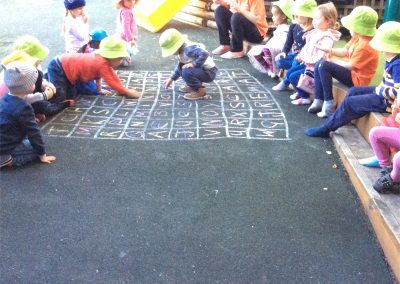
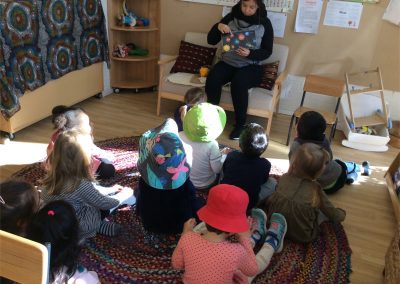
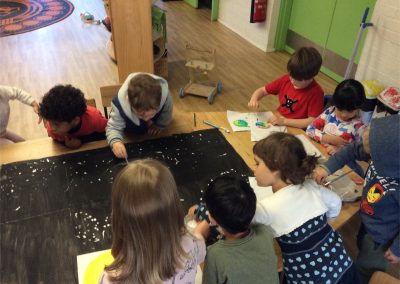
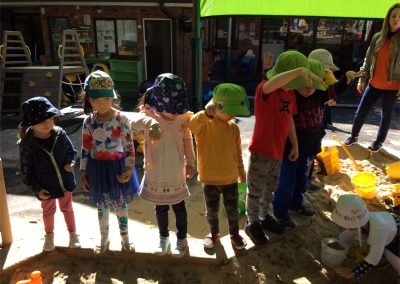
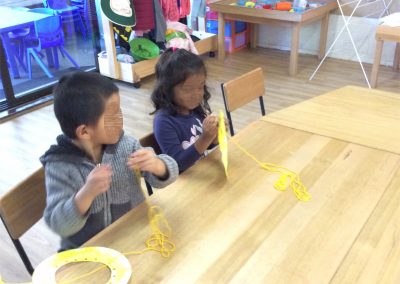
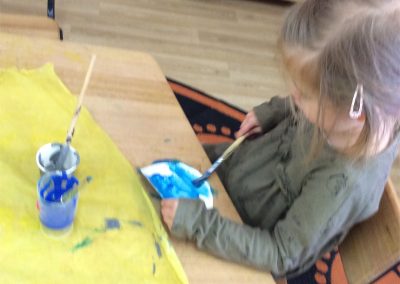
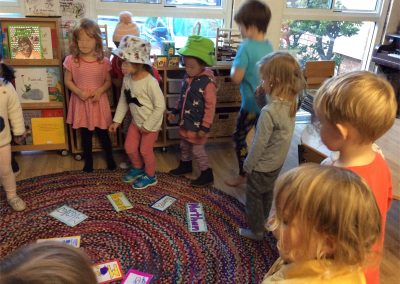
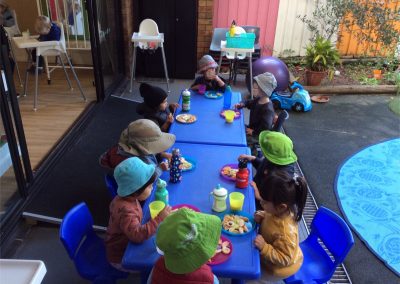
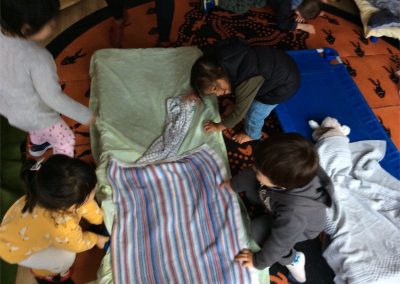

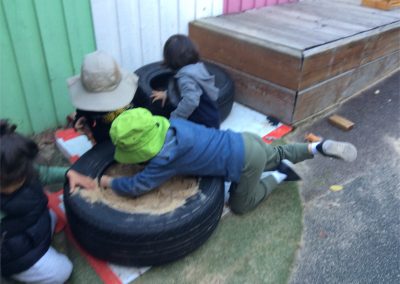

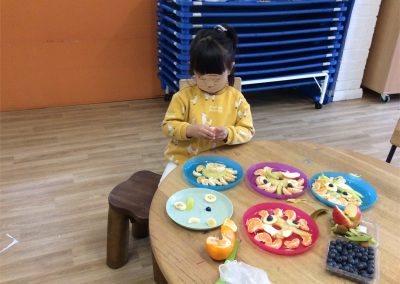

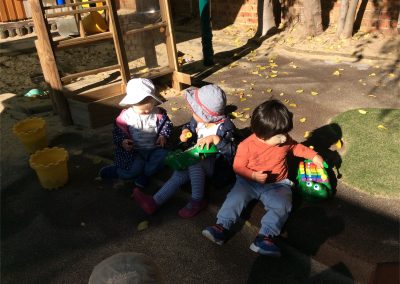

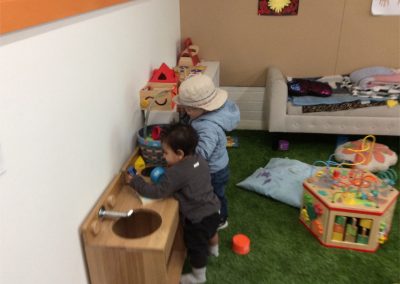
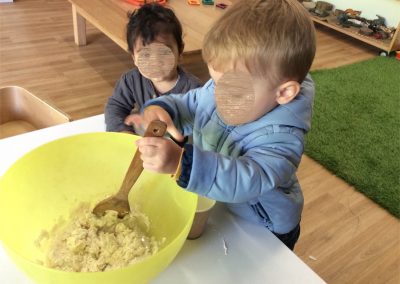

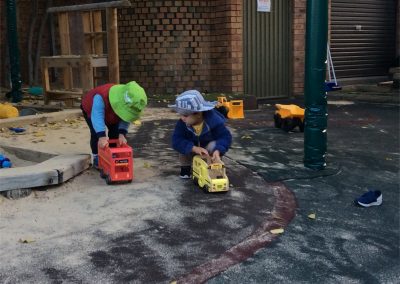


Recent Comments